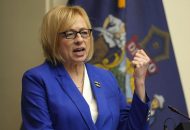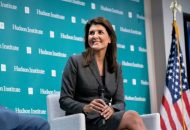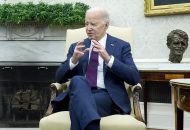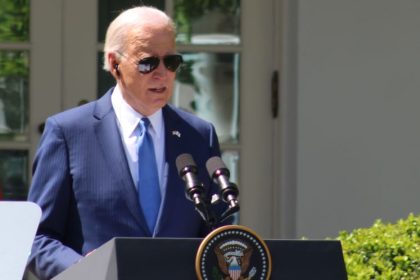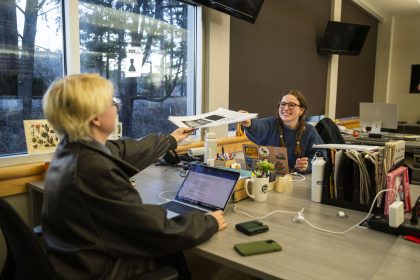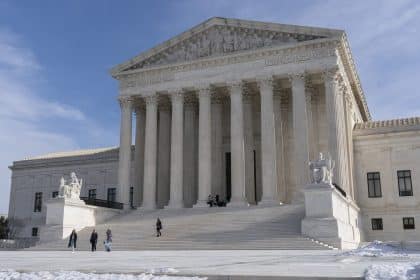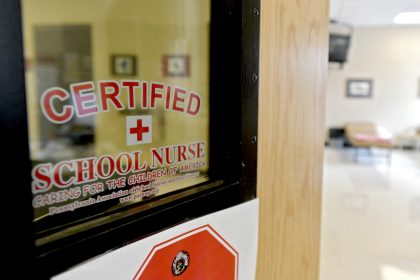Study Asks, What If Postsecondary Graduation Rates Mirrored High School Completion?
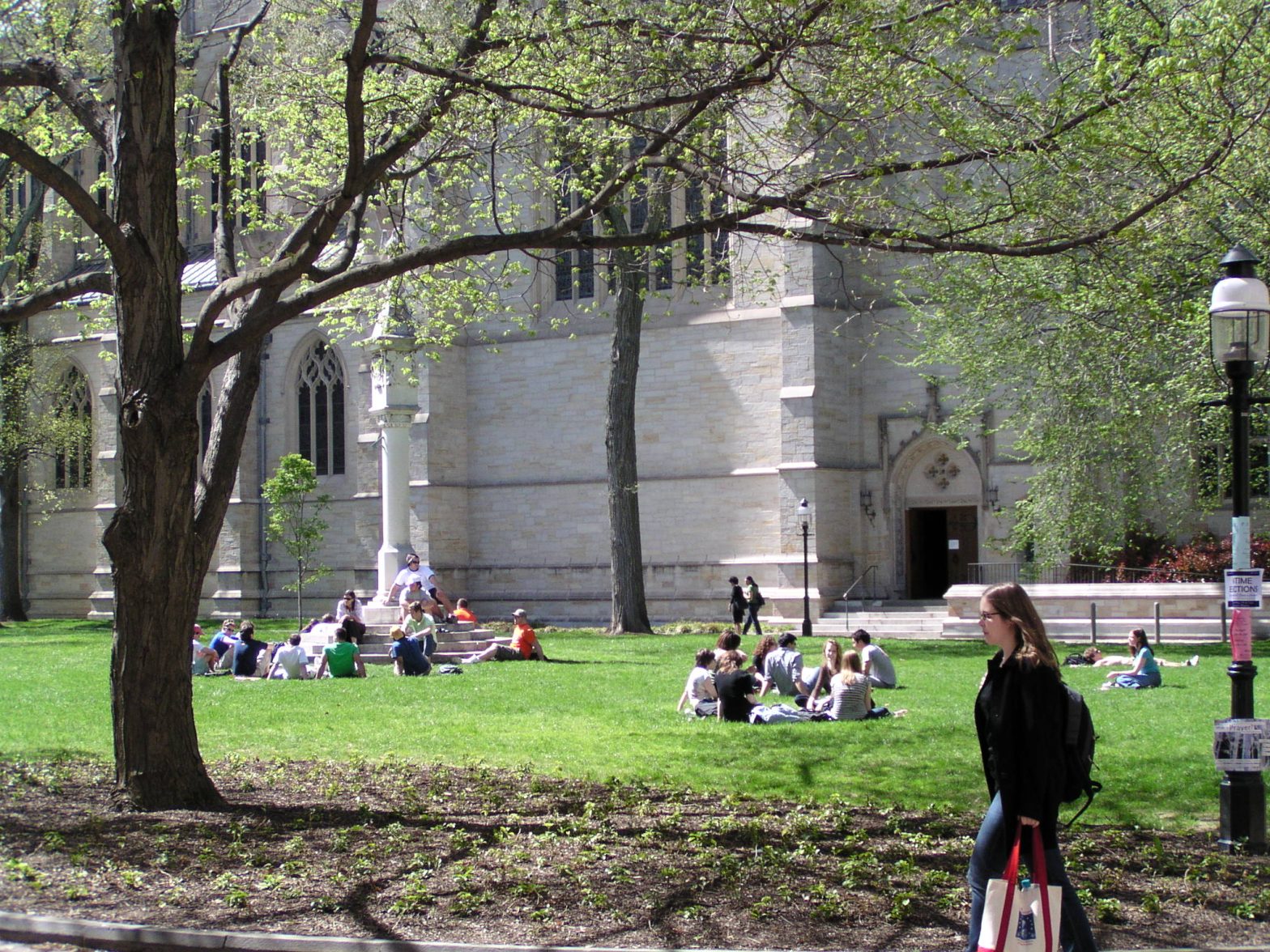
A recent study by Third Way, an independent and centrist think tank based in Washington, DC, focuses on the potential economic and personal benefits that would be attained if policies were enacted to push the rate of postsecondary completion up to that of high school completion.
The findings of the analysis of federal statistics on labor and educational attainment were sobering. The study showed that just 57 percent of college students complete a credential within eight years of first enrolling, much lower than the high school graduation rate of 84 percent.
Wesley Whistle, an education policy advisor at Third Way and the author of the study, estimated that increasing the secondary education completion rate to 84 percent for one class alone would result in an increase of over 730,000 two-year degree holders and over 520,000 four-year degree holders.
“Luckily this goal is even more attainable when we take into account US Census data showing 55 percent of current Americans with ‘some college’ but no degree have completed two or more years of college, and 14 percent have already completed three or more,” Whistle wrote. “This means even small efforts to increase college completion could yield massive results.”
The study notes that employers use the postsecondary degrees held by prospective employees as a proxy for hard and soft skills that translate into increased performance in the workplace. It’s not much of a leap, even in a strong economy with low unemployment, that an increase in the number of college graduates who are available would increase hiring.
According to the study, by 2020, 65 percent of all jobs will require a postsecondary credential of some kind, up from just 28 percent a few decades ago.
The Third Way examination of labor statistics found that college graduates participate in the workforce at a much higher rate than their peers without a degree.
“Since graduating more students would reduce the number of those with some college but no degree, we would see a substantial boost in the number of Americans either working or seeking employment,” the study said.
Whistle notes that in 2017, those with two-year and four-year degrees had unemployment rates at 3.2 percent and 2.5 percent respectively, while those with only a high school diploma had an unemployment rate of 4.6 percent.
Nationwide for 2017, the unemployment rate for the entire population ranged from 4.8 percent in January to 4.1 percent in December, according to the U.S. Bureau of Labor Statistics.
The study also found that holding a college degree also equates to higher wages over time as the median college graduate has significantly higher earning power than someone who only completes high school.
In 2017, the analysis found college graduates with associate’s degrees and bachelor’s degrees stood to benefit from median annual salaries of $40,322 and $53,882 respectively, compared to a median salary of $36,633 for those with “some college” but no degree.
Of course, there are spillover effects that come from increased expendable income, as those with higher incomes are able to spend more and put more money into the economy.
Higher incomes also result in more tax revenue for federal, state, and local governments. According to one analysis from The Lumina Foundation, the lifetime value of taxes for a bachelor’s degree recipient is $328,511. That is $142,231 more than students with “some college” and $191,947 more than those with high school degrees.
The Foundation said the lifetime value of taxes for an associate’s degree recipient is $201,341. That’s $15,601 more than students with “some college” and $64,777 more than those with only high school degrees.
Third Way took this analysis, applied it to the 84 percent postsecondary education completion rate it is advocating, and surmised that the lifetime increase in local, state, and federal tax revenue would be over $91 billion from a single year’s entering college class.
The study broke that down to an additional $11 billion for associate’s degree holders and $80 billion for bachelor’s degree holders.
“That’s enough money to triple the current investment in the Pell Grant program,” Whistle wrote. “That kind of tax revenue could also build over 5,000 new elementary schools or nearly 23,000 miles of highway. Just imagine the kinds of additional local, state, and national improvements we could make with this kind of increased tax revenue year after year.”










